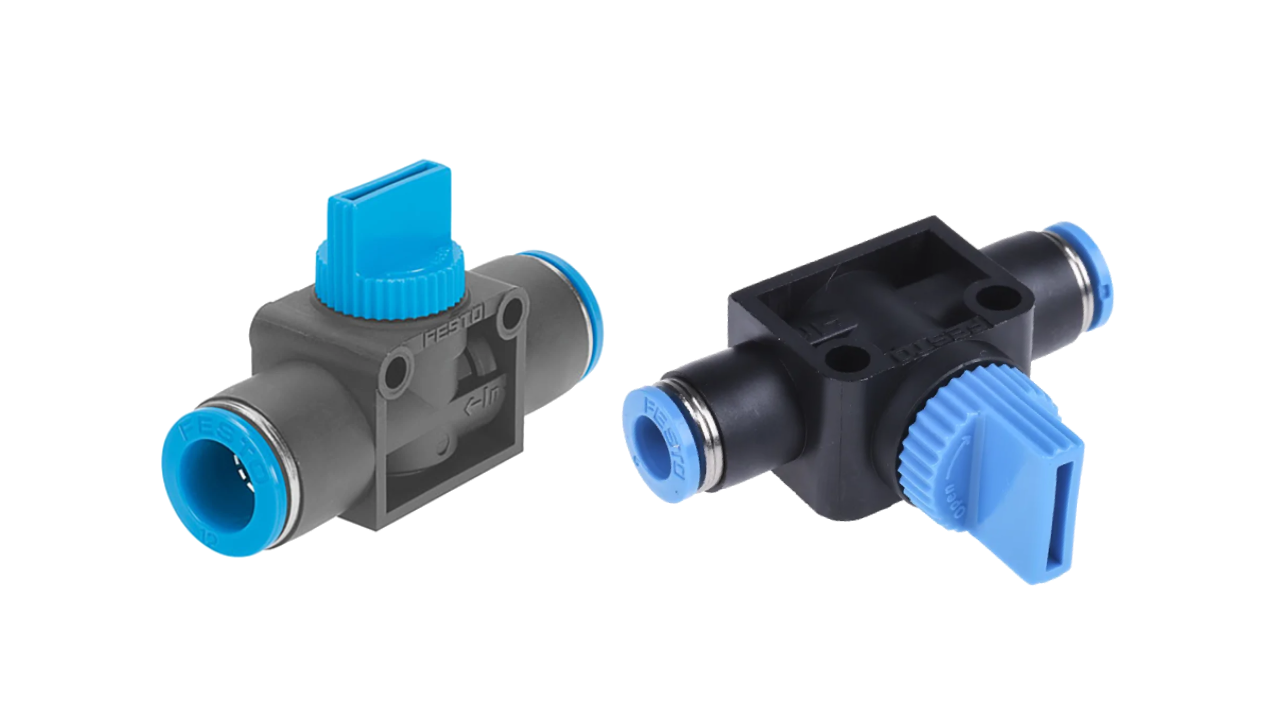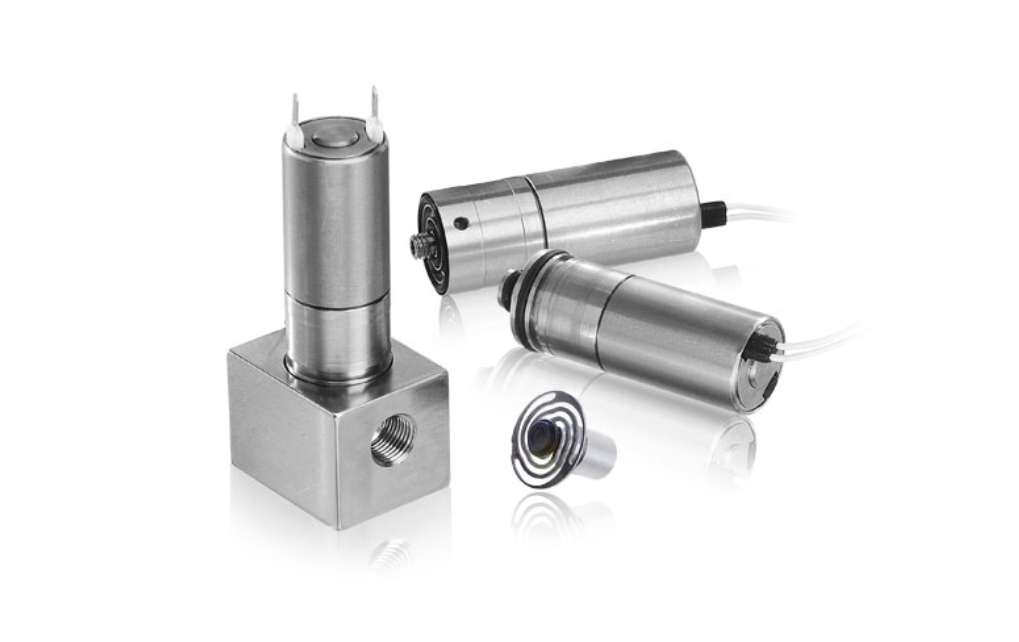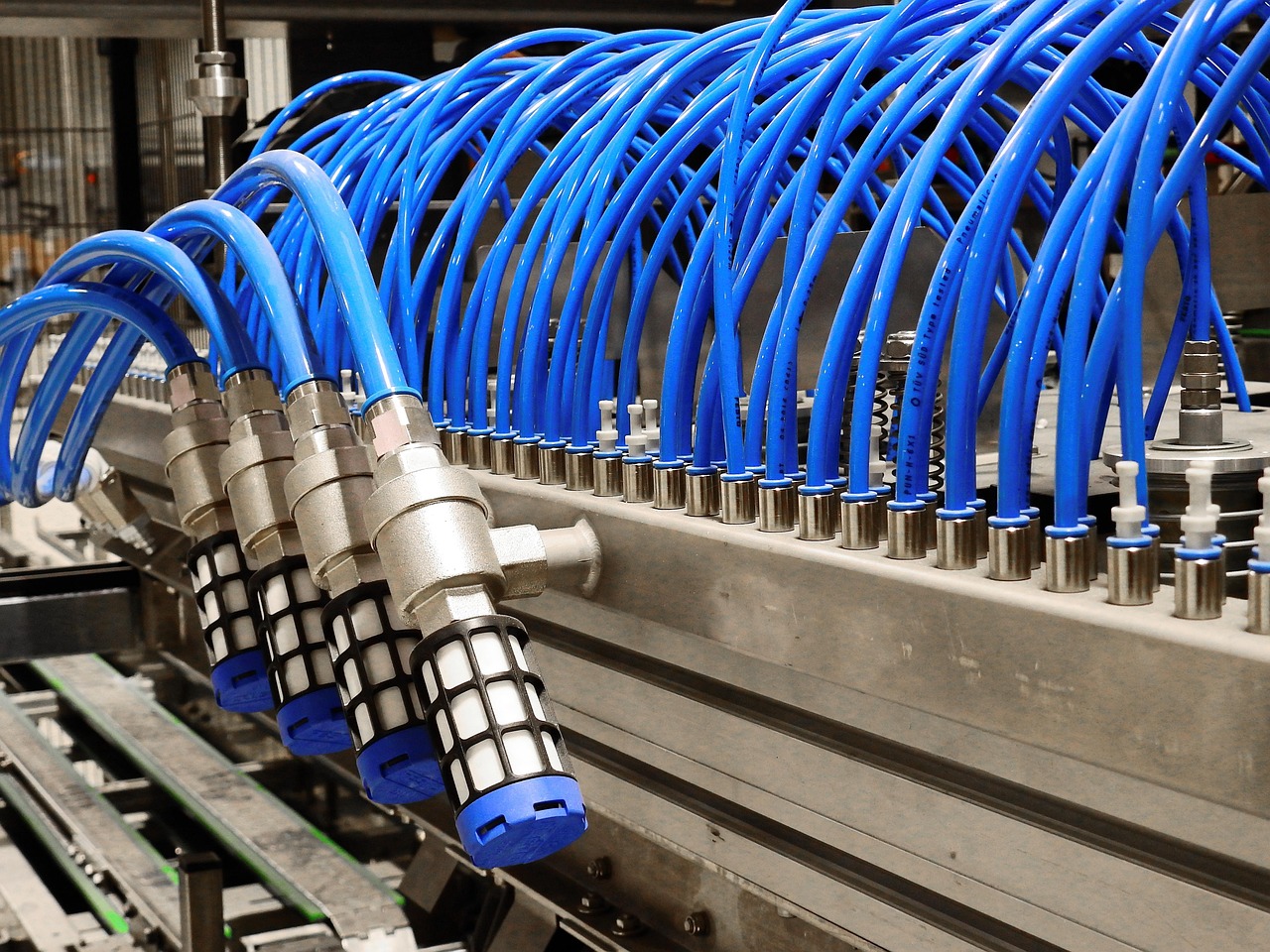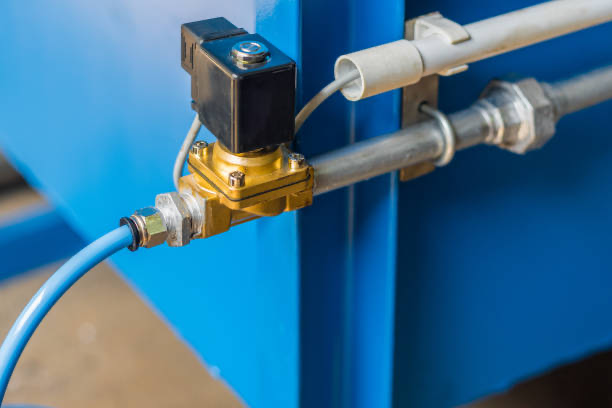Pneumatic valves are an indispensable part of the fluid power sector. They help control compressed air systems in many different kinds of industrial use. Pneumatic valves have changed dramatically to become smarter, smaller, more energy-efficient versions. Thanks to pneumatic valve technology, pneumatic systems have changed drastically as automation, IoT, and environmental issues have grown in prominence take hold.
In this article, we will discuss the changing function of pneumatic valves, the integration of IoT and automation, developments in miniaturisation and compact design, the move towards energy-efficient and environmentally friendly systems, and the trends guiding the future generation of pneumatic valves.
Evolving Role of Pneumatic Valves

Pneumatic valves are important in controlling airflow, pressure, and direction in pneumatic systems. Various industries, such as automation, material handling, and machine operations, use pneumatic systems. Today,
pneumatic valves have become fundamental in intelligent systems in recent years.
The most recent pneumatic valves are no longer only simple on/off switches. These days, they assist in complex tasks including proportional control, airflow fine-tuning, and interaction with other system parts. This improved capacity guarantees that pneumatic systems run more dependably and effectively, hence offering precision control and the best performance. More sophisticated and adaptable features, such as fast reaction times, great dependability, and flexibility in demanding conditions, are now available in modern pneumatic valves.
Pneumatic valves have evolved to satisfy the various demands of modern industrial applications, whether they are utilised in the production of automobiles, food processing, or even medical devices.
Integrating IoT and Automation with Smart Pneumatic Valves

The combination of automation and the Internet of Things (IoT) is one of the biggest developments in pneumatic valve technology. Smart technology-enabled pneumatic valves are transforming industrial processes by providing predictive maintenance and real-time monitoring. Pneumatic systems may be easily controlled and automated through the integration of sensors and connection options.
Operators may now remotely monitor and regulate the operation of the system in real-time thanks to smart pneumatic valves. This improved visibility minimises downtime and lowers maintenance costs by assisting in the early detection of any problems. IoT- enabled devices, for instance, can automatically modify pressure and airflow levels in response to particular circumstances, guaranteeing that operations run smoothly even in the absence of human participation.
Furthermore, wear and tear can be detected before it causes system problems thanks to predictive maintenance made possible by smart pneumatic valves. By taking a proactive approach to maintenance, companies can lower maintenance expenses and increase the equipment's lifespan.
Miniaturisation and Compact Design Innovations

Miniaturisation is becoming a major trend in pneumatic valve technology as companies aim for increased performance and space optimisation. Higher performance standards, the need for compact designs, and the desire to maximise available space all contribute to the need for smaller, more effective components.
This trend is best illustrated by the creation of tiny pneumatic valves, such as those with diameters as small as 8mm. Even in space-constrained applications, these miniature valves continue to deliver dependable performance and great efficiency. In sectors where space is a crucial consideration, such as robots, medical devices, and automobile manufacturing, such advancements are especially beneficial.
The need for more advanced systems that provide both tiny form factors and high functionality is also linked to the continuous drive toward miniaturisation. Miniaturised pneumatic valves can function on par with or better than their bigger counterparts while lowering the overall footprint of the pneumatic system thanks to the use of cutting-edge engineering and innovative materials.
Energy-Efficient and Eco-Friendly Pneumatic Systems

Two of the main issues in industrial operations are energy usage and the influence on the environment. Historically renowned for their high energy consumption, pneumatic systems have come under fire for their role in increasing carbon footprints and operating expenses. Recent advancements in pneumatic valve technology, however, are moving systems closer to being more environmentally friendly and energy-efficient.
The creation of energy-efficient pneumatic valves, which can help lower energy usage without sacrificing performance, is one of the major developments. Modern pneumatic systems can adapt to their power consumption to real-time demands by combing variable-speed compressors, sophistication sensors, and optimised control systems. This leads to significant energy savings.
Additionally, companies have been able to reduce their carbon footprints thanks to the development of environmentally friendly pneumatic valves that are made to use compressed air more effectively. The energy efficiency of pneumatic systems has been further improved by the use of sophisticated filtration systems, leak detectors, and exhaust air recycling. To cut waste and increase efficiency, some systems now have ultrasonic leak detectors that can identify air leads, which can cause up to 30% of compresses air loss.
By lessening the overall environmental effect, these energy-efficient solutions assist businesses in lowering operating expenses while simultaneously advancing their sustainability objectives.
Trends Driving the Next Generation of Pneumatic Valves
The future of pneumatic valve technology is being shaped by a number of developments are sectors continue to demand greater sustainability, reduced costs, and improved performance. Automation, smart technology, miniaturisation, and energy efficiency will be the main drivers of the next generation of pneumatic valves.
The ongoing incorporation of IoT into pneumatic systems, while enables further automation and communications, is one significant trend. Pneumatic systems with sophisticated sensors and connections will be able to adjust in real time to changing conditions without the need for human involvement as industrial applications get more complications.
For those seeking professional assistance or specialised expertise in dealing with pneumatic valves, SLSPRO stands as a reliable partner.
SLSPRO experts offer comprehensive services and provide tailored solutions and
specialised services to meet the unique needs of clients across various industries.
You can also browse our extensive
pneumatic valves selections on our website.
Get in touch with us for professional help and greater operational efficiency today!






 Hubungi Kami
Hubungi Kami 